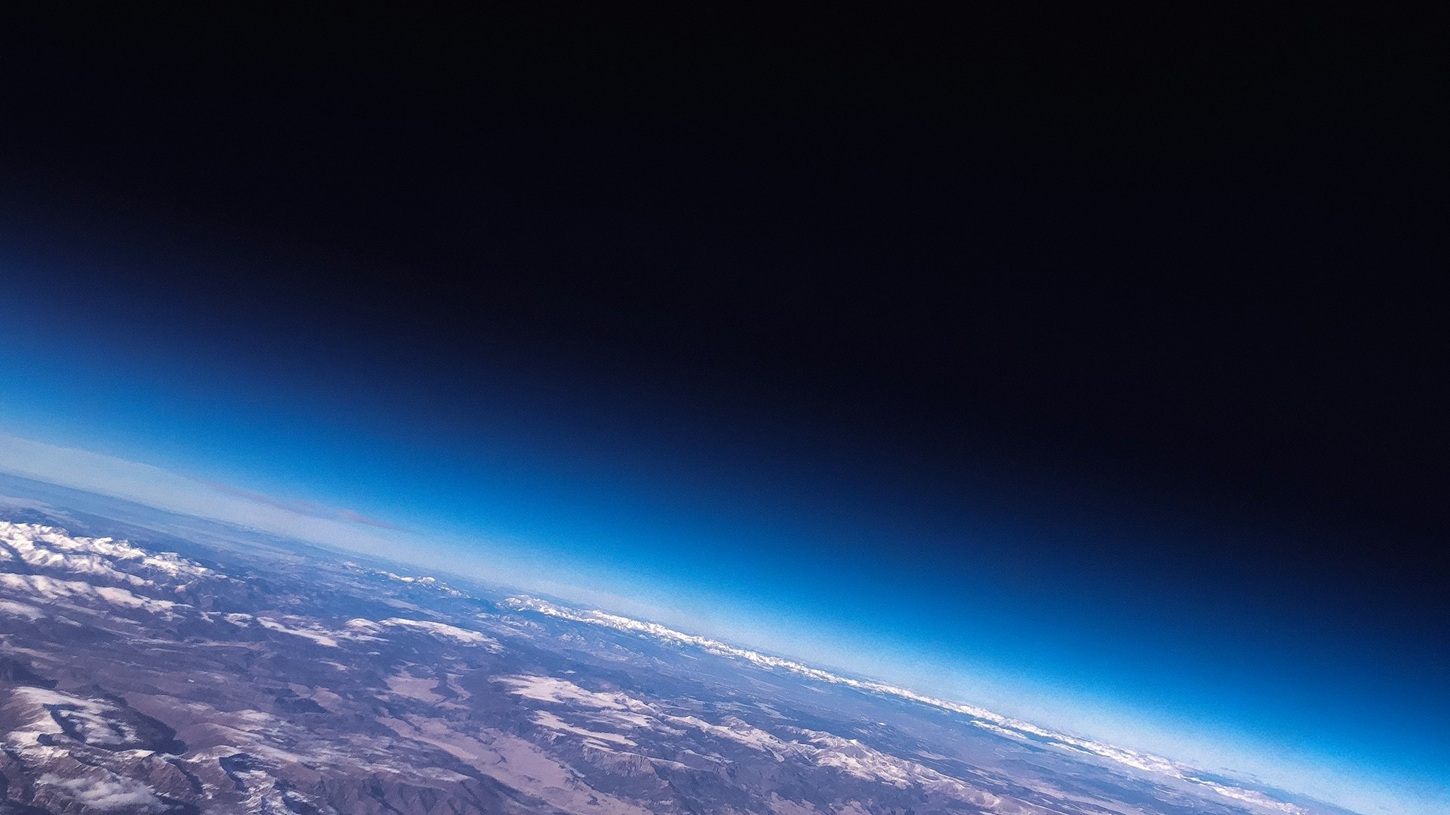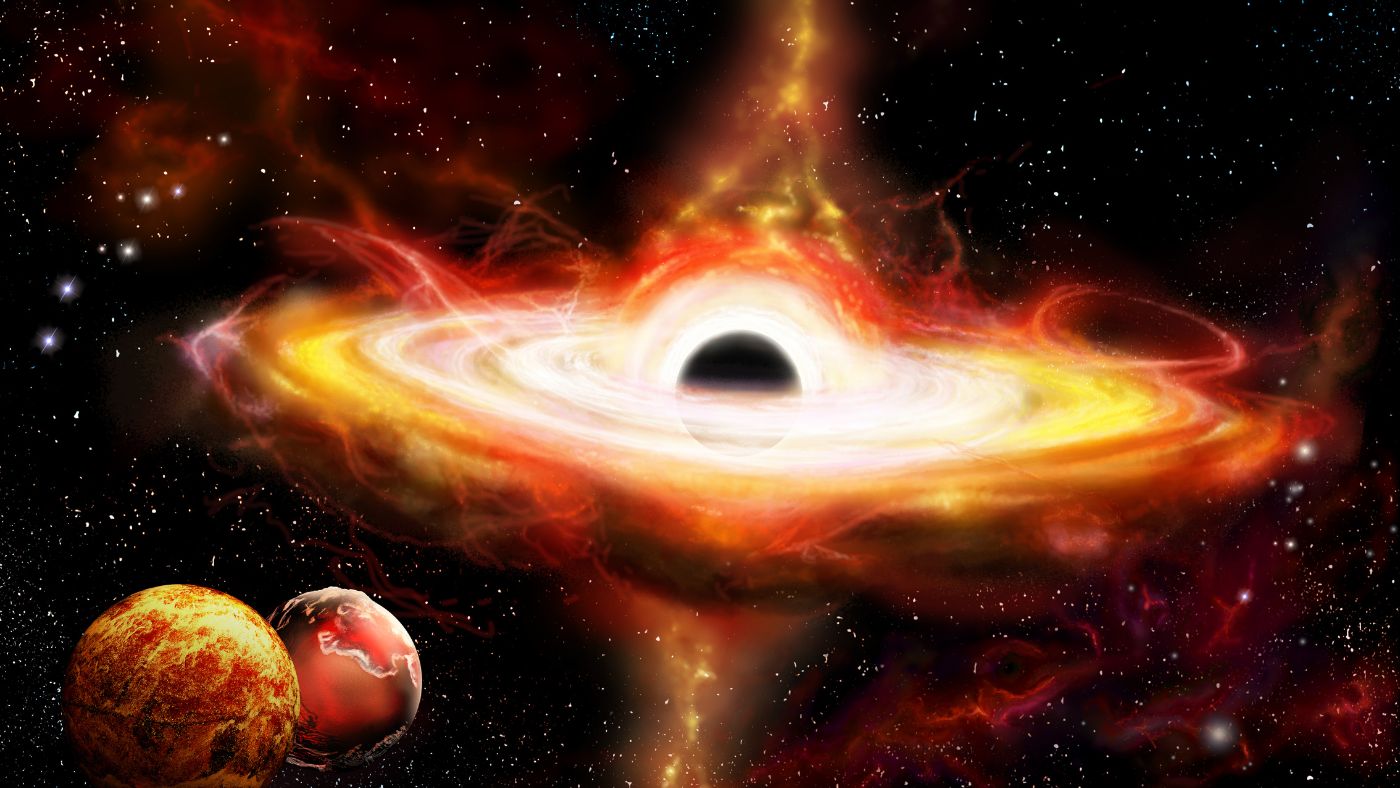The quasar, which derives its energy from a black hole, devours a star every day, which is 500 trillion times brighter than the Sun, and traveled more than 12 billion years to reach Earth.
Quasar: An extremely bright, energetic galaxy core fueled by a black hole.
Australian scientists have discovered a quasar powered by the fastest-growing black hole ever discovered. It has a mass of about 17 billion times the mass of our solar system's sun, and absorbs star mass every day.
The object was first spotted by researchers using a 2.3 meter telescope at the Australian National University's Siding Spring Observatory in Coonabarabran, New South Wales. The discovery was also confirmed by the European Southern Observatory's (ESO) Very Large Telescope, which has a primary mirror diameter of 39 metres.
The university scientists, whose research was supported by the European Southern Observatory, the University of Melbourne and the French University of Sorbonne, announced their results in the journal Nature Astronomy.
Christian Wolff, a scientist at the Australian National University and lead author of the study, confirmed that they had discovered the brightest known object in the universe, with an incredible growth rate linked to the “tremendous emission of light and heat.”
The light is emitted from an accretion disk about seven light-years in diameter. In this disk, the matter attracted to it revolves around the black hole before crossing the event horizon. The collision of matter with another releases enormous amounts of light and heat.
According to Wolf, the object resembles a giant magnetic storm cell with a temperature of 10,000 degrees Celsius, with so much lightning and strong winds that it would orbit the Earth in one second.
Wolf added that the diameter of the quasar, which is seven light years, is 50 percent greater than the distance between the solar system and its closest star, Alpha Centauri.
Christopher Onken, a co-author of the study, described it as surprising that the object, which was “almost hidden in plain sight”, went unnoticed for so long.
Wolf said he had two feelings about this discovery: On the one hand, amazement that nature is producing something beyond all previous ideas. On the other hand, the joy of discovery is that it was possible to find all this, because “nature did not make it easy.”
Learning about our created world includes not only events on Earth, but also events beyond our planet. This was helped by the event held last year Planet Budapest A sustainability event that showcased the current problems and solutions surrounding us in the interactive Your Planet exhibition.
Source: MTI / Watchman
Featured image: Canva
advertisement















































